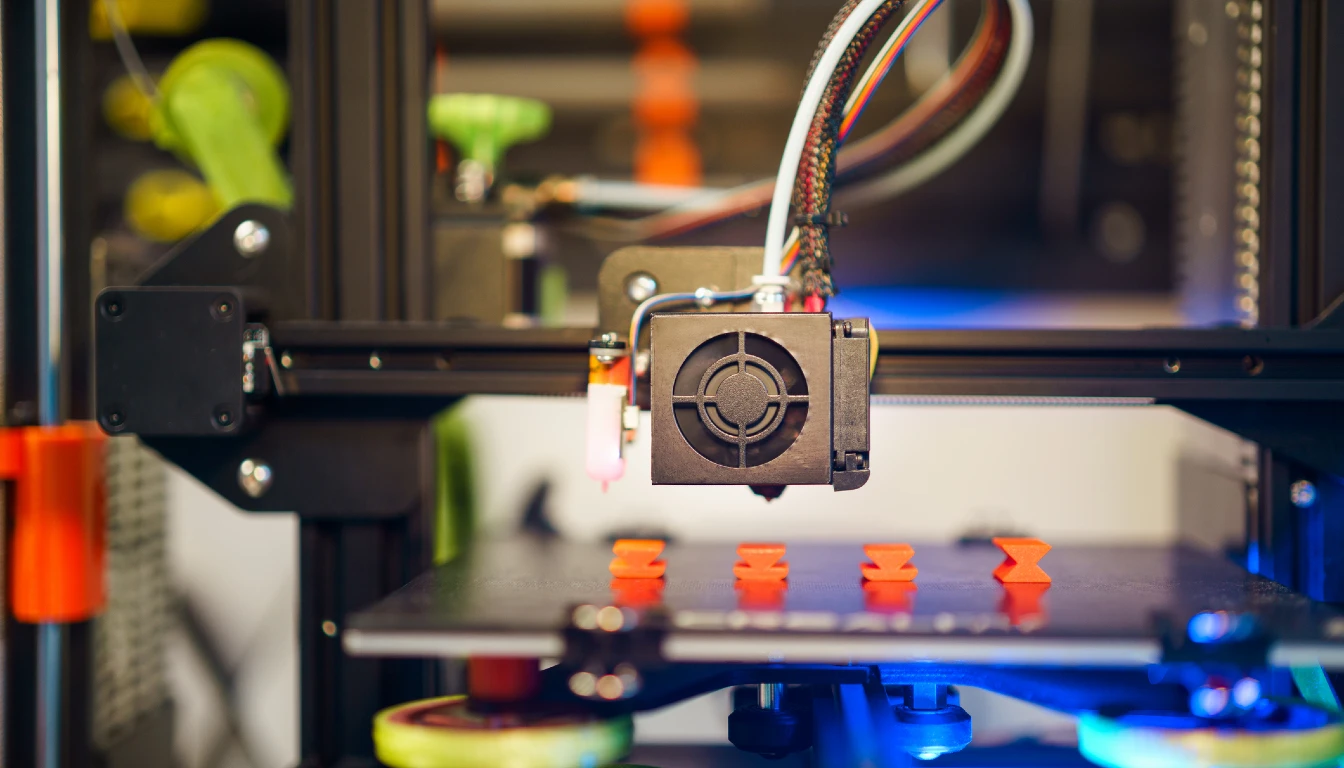As a new round of tariffs comes into force under a Trump administration directive, economic theorist Jeremy Rifkin is offering a surprising antidote: 3D printing.
Treasury Secretary Scott Bessent is expected to unveil a “reciprocal tariff” schedule, targeting countries whose own trade barriers the U.S. deems unfair. It marks a major escalation in what Rifkin calls the “great geopolitical tariff war of the 21st century.” But according to him, this war may already be out of date.
While governments spar over container ships and customs duties, a quieter revolution is already bypassing traditional trade routes altogether. “High tech SMEs utilizing 3D printing/additive manufacturing technologies can share digital software files for their product lines with local distributors at near zero marginal cost around the world,” Rifkin explains. “And that changes everything.”
Tariffs Don’t Apply to Code
At the heart of Rifkin’s argument is a fundamental shift in how goods are made and moved. Rather than shipping physical products across oceans, companies can now send digital design files to local 3D printing facilities. These files, unlike the goods they produce, aren’t subject to tariffs.
“It’s called 3D printing/additive manufacturing,” Rifkin says. “This Third Industrial Revolution platform is upending two centuries of subtractive manufacturing and, by doing so, neutering the geopolitical era.”
The economic potential is vast. Global logistics costs via ocean, air, and land, hit $12.8 trillion in 2024, around 11.6% of global GDP. Slashing those expenses could not only lower the cost of doing business, but dramatically cut emissions. According to Rifkin, “streamlining the ports” and reducing freight logistics infrastructure could eliminate as much as 11% of greenhouse gas emissions.
Pandemic Lessons and Climate Realities
The COVID-19 pandemic offered a preview of what’s possible. A Deloitte report cited by Rifkin found that companies using 3D printing were able to “reduce lead times by a stunning 70%” compared to those relying on traditional supply chains.
There’s also a climate resilience angle. As extreme weather, such as floods, droughts and hurricanes, wreaks havoc on traditional logistics networks, additive manufacturing offers a more flexible, locally grounded alternative.
“A warming global climate… is crippling ocean, air, and land traffic all over the world and undermining logistics and supply chains at an ever-increasing pace,” Rifkin warns.
From Globalization to “Glocalization”
This is not just a technological shift, Rifkin argues; it’s a new economic model. The old system, shaped by the fossil-fuel powered first and second industrial revolutions, relied on centralized, vertically integrated giants. Today, he says, the momentum is with nimble, high-tech small and medium-sized enterprises (SMEs).
“High-tech SMEs in a glocal economy are far more agile than giant global corporations,” he writes in his latest newsletter, “and can adapt more quickly to changes brought on particularly by climate-related disruptions.”
These SMEs already play an outsized role in the global economy. In the EU, they account for 99.8% of non-financial businesses and over half of GDP. In the U.S., they make up 99.9% of businesses and contribute 45% of GDP. Globally, SMEs provide more than half of employment.
And they’re scaling fast. Additive manufacturing is expanding across industries – from prosthetics and car parts to architectural models and emergency housing. In Saudi Arabia, the government has committed $500 billion to support 3D printed construction. Dubai aims for 25% of all buildings to be 3D printed by 2030.

Mr. Rifkin delivering the keynote address at the MIPIM event. Image from https://foet.org/
A New Model for Trade, and Emissions
In one example Rifkin highlights, Italian architect Mario Cucinella used local clay soils and 3D printing to create a sustainable home in 200 hours, generating minimal waste. Instead of selling physical houses, Cucinella can now license his building software globally, enabling others to print structures on demand.
That shift, from “seller-buyer markets” to “provider-user networks”, could redefine global trade. And since the software files aren’t subject to tariffs, they’re functionally “tariff-free.”
The climate implications are equally profound. Additive manufacturing minimizes waste by building objects layer by layer, rather than cutting down raw materials. Rifkin notes this “near zero-waste” process offers a lower-entropy alternative to traditional manufacturing, and one that can be powered by renewable energy.
Can Tariffs Catch Up?
Some skeptics argue governments may eventually attempt to impose tariffs on digital 3D printing files. But Rifkin believes the genie is out of the bottle.
“Small and medium-sized enterprises are ubiquitous, the market is there, and there’s no going back,” he says. “Strangling high-tech SMEs with tariffs will fail in the end in a more distributed and increasingly glocalized world.”
While global leaders double down on nationalist trade policies, Rifkin’s message is a reminder that the real disruption may not come from tariffs at all, but from the quiet spread of software, local printers, and a climate-conscious generation of entrepreneurs building the Third Industrial Revolution from the ground up.




